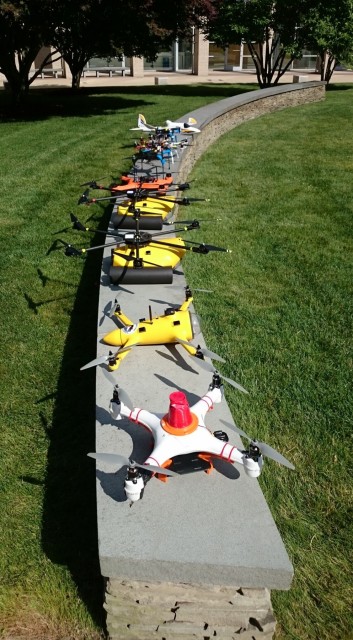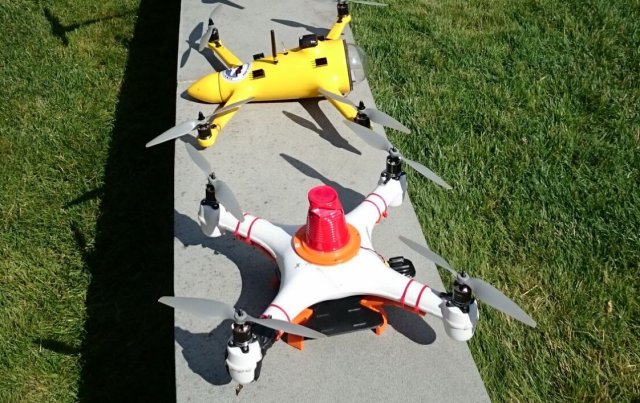Andrew Bennett, Associate Professor of Mechanical Engineering at Olin College, is leading a project to develop firefighting drones.
Bennett, who calls himself “a long-time robot geek,” has worked at his share of big names – from MIT AUV Lab to Disney’s Imagineering to iRobot. When NASA approached some friends of his at Scientific Systems Company, they knew he was their go-to guy.
 What drones have to do with it
What drones have to do with it
Bennett gave me some background, explaining, “Normally systems that track fires aren’t real-time. People will receive alerts and information about fires 12 to 24 hours after the fact. As a result, we end up playing catch up with forest fires.”This project is a joint effort between Bennett and Jonathan How, Professor of Aeronautics and Astronautics at MIT. Once it’s completed, the team hopes to make firefighting more of a science and less of a guessing game.
So what role do the drones play here? They’ll be used to fly over fires, pinpoint the edges, establish how quickly the flames are moving and where they’re spreading to. Anyone can effectively fly these drones – not just a trained pilot or firefighter.
As an added bonus, these bots are self-aware and can call for backup when needed. “If anything starts going wrong with a drone, like if it has low battery or fuel,” Bennett started, “the system knows and it will ask for another drone to be sent out as a replacement.”
The long-term impact
For the time being, Bennett, How and their teams of students are still testing out their fire-savvy drones. However, they all expect the project to have a major social impact.
“As a minimum, we could save property,” he told me. “Firefighters will know where to disperse fire bombers, not where they think they should.”
“It would also save lives. If they know where fires are spreading and how quickly, they’ll know where to put people and where not to put people.”
Bennett maintains that the firefighting community won’t be the only people benefiting from this drone technology. “Who knows, other groups of people may come out of the woodwork and say, ‘Wow, if you can do that, you can help us with this, too.’ There’s so much to the underlying technology.”
Photo: Fire-tracking drones line up in the back of Olin College
Source: BostInno


